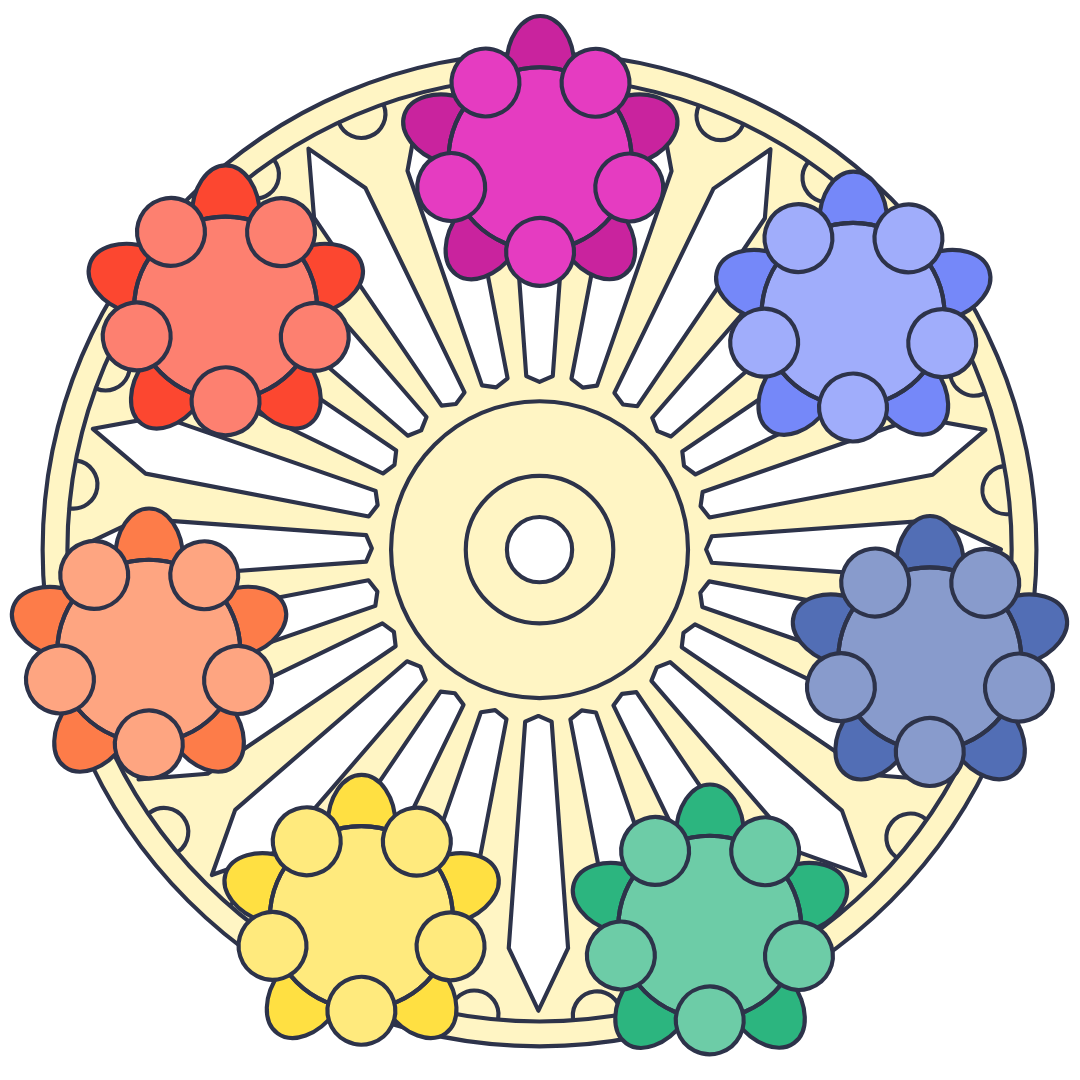Regenerative web design is a holistic approach to creating websites that not only minimize their negative impact on the environment but also actively contribute to the regeneration of natural systems. It goes beyond the traditional principles of sustainability and aims to create digital experiences that are restorative and regenerative. This approach takes into account the entire lifecycle of a website, from its design and development to its hosting and maintenance. By considering the environmental, social, and economic impacts of every decision, regenerative web design seeks to create a positive and lasting impact on the world.
Regenerative web design is rooted in the idea that the internet has a significant environmental footprint, and as digital creators, we have a responsibility to minimize this impact. This means considering factors such as energy consumption, resource use, and waste generation throughout the entire web design process. By adopting regenerative principles, web designers can create websites that not only reduce their environmental impact but also actively contribute to the regeneration of natural systems. This can be achieved through strategies such as using renewable energy for hosting, minimizing data transfer, and optimizing code for efficiency. By embracing regenerative web design, we can create digital experiences that not only meet the needs of today but also contribute to a more sustainable and regenerative future.
User Experience and Accessibility
In regenerative web design, user experience and accessibility are key considerations. A regenerative website should be designed with the user in mind, ensuring that it is easy to navigate, visually appealing, and accessible to all. This means considering factors such as color contrast, font size, and keyboard navigation to ensure that the website is usable for people of all abilities. By prioritizing accessibility, regenerative web designers can create digital experiences that are inclusive and welcoming to all users.
Furthermore, regenerative web design also emphasizes the importance of user experience in creating a positive impact on the environment. By creating websites that are intuitive and easy to use, we can reduce the amount of time users spend online, thereby minimizing energy consumption. Additionally, a positive user experience can encourage users to engage with the content and take action, further contributing to the regenerative impact of the website. By prioritizing user experience and accessibility in regenerative web design, we can create digital experiences that are not only inclusive but also contribute to a more sustainable and regenerative future.
Sustainable Web Hosting and Energy Efficiency
Sustainable web hosting and energy efficiency are crucial components of regenerative web design. The internet has a significant environmental impact, with data centers consuming vast amounts of energy and contributing to carbon emissions. By choosing sustainable web hosting providers that use renewable energy sources and prioritize energy efficiency, web designers can minimize the environmental impact of their websites. Additionally, optimizing websites for energy efficiency by reducing data transfer and using efficient code can further reduce their carbon footprint.
Furthermore, regenerative web design also considers the entire lifecycle of a website, including its hosting and maintenance. By choosing hosting providers that prioritize sustainability and energy efficiency, web designers can ensure that their websites have a positive impact on the environment. Additionally, by regularly monitoring and optimizing the energy consumption of their websites, designers can further minimize their environmental impact. By prioritizing sustainable web hosting and energy efficiency in regenerative web design, we can create digital experiences that not only minimize their environmental impact but actively contribute to the regeneration of natural systems.
Content Strategy and Ethical Marketing
In regenerative web design, content strategy and ethical marketing play a crucial role in creating digital experiences that have a positive impact on the world. Content strategy involves creating meaningful and valuable content that engages users and encourages them to take action. By prioritizing quality over quantity and creating content that is relevant and useful, web designers can create websites that have a positive impact on users and society as a whole.
Ethical marketing is also an important consideration in regenerative web design. This involves promoting products and services in a way that is honest, transparent, and respectful of users’ privacy. By prioritizing ethical marketing practices, web designers can create digital experiences that build trust with users and contribute to a more sustainable and regenerative future. Additionally, by aligning marketing efforts with the values of sustainability and social responsibility, designers can create websites that have a positive impact on society.
Responsibly Sourced and Designed Visual Elements
In regenerative web design, visual elements such as images and graphics are carefully considered to ensure they are responsibly sourced and designed. This involves using images that are ethically sourced and respecting copyright laws to ensure that creators are fairly compensated for their work. Additionally, visual elements should be designed with efficiency in mind, optimizing file sizes to minimize data transfer and energy consumption.
Furthermore, regenerative web design also considers the impact of visual elements on user experience and accessibility. By using high-quality images and graphics that enhance the user experience without compromising accessibility, web designers can create digital experiences that are inclusive and engaging for all users. Additionally, by prioritizing responsibly sourced and designed visual elements, designers can create websites that have a positive impact on the environment and society as a whole.
Community Engagement and Social Impact
Community engagement and social impact are important considerations in regenerative web design. This involves creating digital experiences that not only meet the needs of users but also contribute to the well-being of communities and society as a whole. By prioritizing community engagement, web designers can create websites that foster connections between users and encourage collaboration and participation.
Furthermore, regenerative web design also considers the social impact of digital experiences. By creating websites that promote social responsibility and support causes such as environmental conservation and social justice, designers can create digital experiences that have a positive impact on society. Additionally, by engaging with communities and listening to their needs and concerns, designers can create websites that are truly meaningful and valuable to users.
Measurement and Continuous Improvement
In regenerative web design, measurement and continuous improvement are key principles for creating digital experiences that have a positive impact on the world. This involves regularly monitoring the environmental, social, and economic impacts of websites and using this data to make informed decisions for improvement. By measuring key performance indicators such as energy consumption, user engagement, and social impact, web designers can identify areas for improvement and make changes to create more regenerative digital experiences.
Furthermore, regenerative web design also emphasizes the importance of continuous improvement in creating websites that have a lasting positive impact on the world. By regularly evaluating the performance of websites and making iterative changes based on data-driven insights, designers can create digital experiences that are constantly evolving to meet the needs of users and contribute to a more sustainable and regenerative future.
In conclusion, regenerative web design is a holistic approach to creating digital experiences that not only minimize their negative impact on the environment but actively contribute to the regeneration of natural systems. By considering factors such as user experience, accessibility, sustainable web hosting, content strategy, responsibly sourced visual elements, community engagement, social impact, measurement, and continuous improvement, web designers can create websites that have a positive impact on society as a whole. By embracing regenerative principles in web design, we can create digital experiences that not only meet the needs of today but also contribute to a more sustainable and regenerative future for generations to come.

